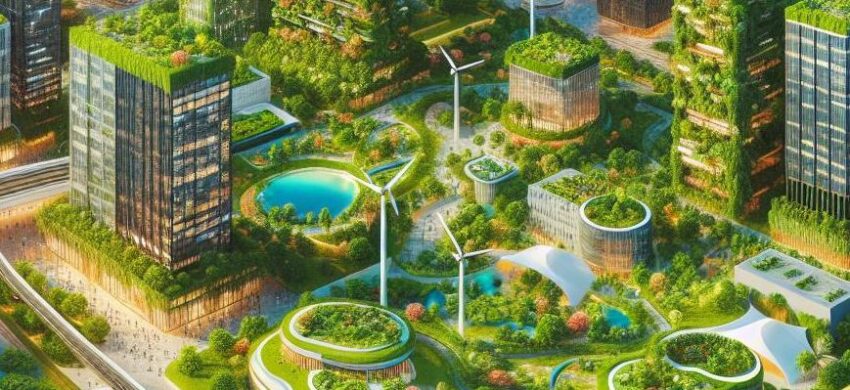Diversification is a key strategy in the world of real estate, with mixed-use developments epitomizing this approach. These projects uniquely combine residential, commercial, cultural, and institutional elements, often in a single vertical space. This allows for an integrated ecosystem that caters to varied needs and lifestyle preferences.
The major attraction to such structures is convenience, with possibility of living, working, and engaged shopping or recreation within the same locale. This concept encourages vibrant communities, significantly reducing commute times and enhancing quality of life. Another factor that makes these projects appealing to investors is the risk mitigation attached to them. When one sector underperforms, another can compensate for the losses.
Sustainability is another aspect enhanced by these structures. By centralizing functions, there is a reduction in environmental impact due to decreased travel requirements. They also make efficient use of land, addressing the issue of urban sprawl.
Despite their benefits, they come with certain challenges. Balancing the conflicting needs of different use groups, securing financing for their large scale, and complex regulatory approvals are among those concerns. But with careful planning and management, the rewards can be substantial.
 |
 |
 |


